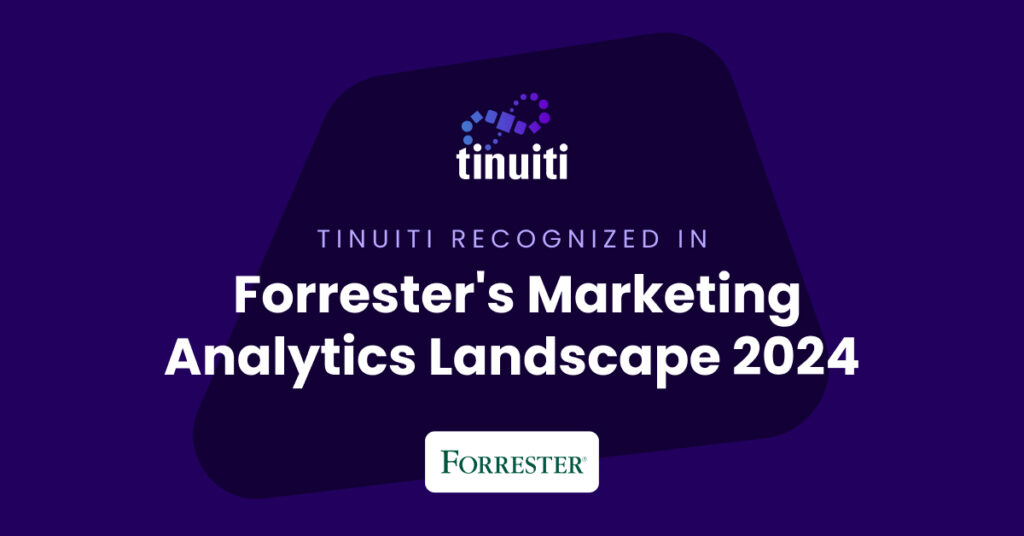8 years ago I was given the opportunity of a lifetime – an internship with an up & coming bid platform that has ultimately shaped my career path. Over these past years I’ve seen our industry grow & evolve in ways I think few imagined would be possible. PPC/SEM has grown from being an “innovative” value add for marketers to a staple requirement for all marketers within their tool kit. Like any growing industry – the way search marketing is conducted and how marketers reach their customers has constantly changed over time. From the development of the CPC auction format to the Yahoo-Bing Search alliance to Google’s Enhanced Campaigns this space is in a state of constant evolution.
For those of us whom have chosen to make SEM (and for that matter digital marketing) our “home” it’s critical that we stay on top of upcoming trends adapting to them early to ensure we’re reaching our customers in the most effective manner possible. Below are 3 bold predictions that I believe will further shape and affect this industry over the next 2 years.
Prediction 1: Native Ads Will Dominate Mobile Search
We’ve been hearing for a few years now that mobile search will overtake desktop usage. The wait is over – as mentioned in a previous post mobile searches will surpass desktop by 2015. Mobile search though is far different than when searching on your computer. For one, search queries done on mobile devices are shorter by nature. Secondly and perhaps equally as important ad position is quite limiting. On iPhones users will only see 2 paid ads while Android users are shown just 3 paid ads on SERPs. This makes ad visibility much harder as mobile SERP results become increasingly crowded (I suppose some credit should be given to Google’s Enhanced Campaign for this increased competition as well)

So how will advertisers be able to reach their users on the new dominant search device? Say hello to native advertising. A “buzz word” making the rounds in our space today, native advertising revolves around plugging ads seamlessly into your content while you browse. Yahoo has begun rolling this out via Yahoo Stream Ads & their Gemini Program. These ad formats aren’t necessarily new but now are picking up steam due to the strong engagement advertisers have been seeing. More importantly they are less intrusive and are not reliant on maintaining top position in SERPs which can become expensive and inefficient when considering your ROI/CPO/CPA goals. As BIA/Kesley reported back in April 2013, “63% of brands surveyed feel that native ads increase customer engagement with their messages as they are less intrusive than traditional PPC mechanics”.
Yahoo is not the only player making head waves with native advertising. Companies such as Nativo and Swoop have developed their solutions solely around native advertising partnering with great content oriented sites to serve their ads to relevant audience members whom are truly engaged at that exact moment.
Haven’t explored Native Advertising yet? I recommend you check it out and see how effective it is (CTR & Conversion Rate %) when compared to your traditional Mobile SEM efforts.
Prediction 2: Mobile App Search & Advertising Will become a Core Competency for PPC Marketers
A year and a half ago people were quite pessimistic on how Facebook was going to generate revenue….how quickly have perceptions changed! In the 4Q of 2013 Facebook generated $2.34 billion in advertising revenue – a 76% increase YoY. Where did this increase in ad sales come from? You probably guessed it by now – mobile advertising drove 53% of ads sales – compared to just 23% back in 2012! Facebook spent a considerable amount of time revamping and developing mobile ad products to the suite of advertising solutions and the impact has been quite impressive. They aren’t the only ones making mobile advertising a priority.
As Greg Sterling reported in his March 10th article on SearchEngineLand – even though Google owns 90% of mobile search share, the bigger volume to be won is from in-app consumption. Google looks to be addressing this challenge in a variety of manners – including the acquisition & integration of the mobile ad network AdMob into AdWords to indexing more app based content as the WSJ reported.
The fact of the matter is this – mobile usage is increasing but the question of where & how to reach this audience is still a work in progress for marketers. As a Nielsen report shared, 90% of internet time on smartphones is occurring in-app.

Because the behavior on mobile is intrinsically different than then traditional paid search marketers are accustomed to, it will be interesting to see whom is able to adapt to this changing landscape. I’d say kudos should be given to those earlier adopters like Ben & Jerry & Levi’s as shown above. Mobile in-app campaigns & ad sales are growing by the minute and I for one fully believe that folks doing SEM will need to be quick to adopt the new ad formats as new ways of reaching their customers!
Prediction 3: Audience Targeting Will Rule how we run Search Campaigns
Targeting simply based on keywords & search queries is so 2013! Personalization is now king and search marketers will need to understand not just what one searches but WHO they are and WHY they are searching. If we consider all the major developments over the last few years the evidence clearly is right in front of us – that is – customize messaging to specific audience will be the only way to win clicks and conversions.
This revelation I think first begun in the display space with the launch of contextual advertising allowing us the ability to target folks browsing content relevant to our search terms. Then came the slightly-creepy-big-brother-esque remarketing ads which now hit us on a daily basis. From there the industry took it a step further with dynamic remarketing ads in where we could show customers that we not only knew they visited our site but even what products they chose to look at! Soon the entire display world became wise to how valuable audience specific advertising could be. Companies such as Bizo, Quantcast, Dstillery began to sprout up developing custom look-a-like audience modeling based off on-site customer attributes and engagement.
The search world is going through this audience-centric transformation right now. Allistair Dent first announced the importance of audience targeting in Search Engine Watch (Nov of 2013) but if our viewpoints are still not enough to convince you of this shift in targeting than let’s take a look at what has occurred over the last year in the SEM space.
- Google created enhanced campaigns as a means to help search ads become more audience centric– it is literally one of the first sentence in Google’s “About Enhanced Campaigns” page.
- Further proof can be seen in how quickly advertisers have adopted Remarketing List in Search Ads (RLSA) – here at Elite, I would say at least 70% of our clients are running RLSA currently and the reason is simple. This is the first time we’ve been able to not just bid on a keyword but also customize the creative messaging & landing page based on the actual individual making the query.
- Let’s move away from the giant known as Google and look at two other companies considered to be major search players: Yahoo & Facebook.
- Yahoo released Stream Ads and opted to forgo traditional KW targeting instead matching ads based on the content users view on Yahoo properties.
- Facebook gave traditional search the middle finger from the very get-go opting to focus on categories & audience segment targeting leveraging both their internal as well as external data providers to determine whom should see what type of ads while they peruse through their news feed on the” somewhat popular” social media site.

- Now we’re even seeing major bid platforms such as Marin team up with companies such as Blue Kai to bring audience data & insights into the search world.
These are just a few of the many examples that exemplify the importance of search + audience targeting. I for one love this new form of advertising both from an engagement & efficiency standpoint. I also believe customers will appreciate it even more as we focus on personalization instead of bombarding users with the same ad over and over and over again.
In conclusion, my hope here is that you sense how fickle our industry is – this will be a constantly changing & evolving space. The ultimate question to answer is not whether my 3 predictions above will be validated in the next year but rather how quickly you adapt to the continual transformation that is occurring in our still very young industry. Keep up or you’re going to be left in the behind folks!
You Might Be Interested In












